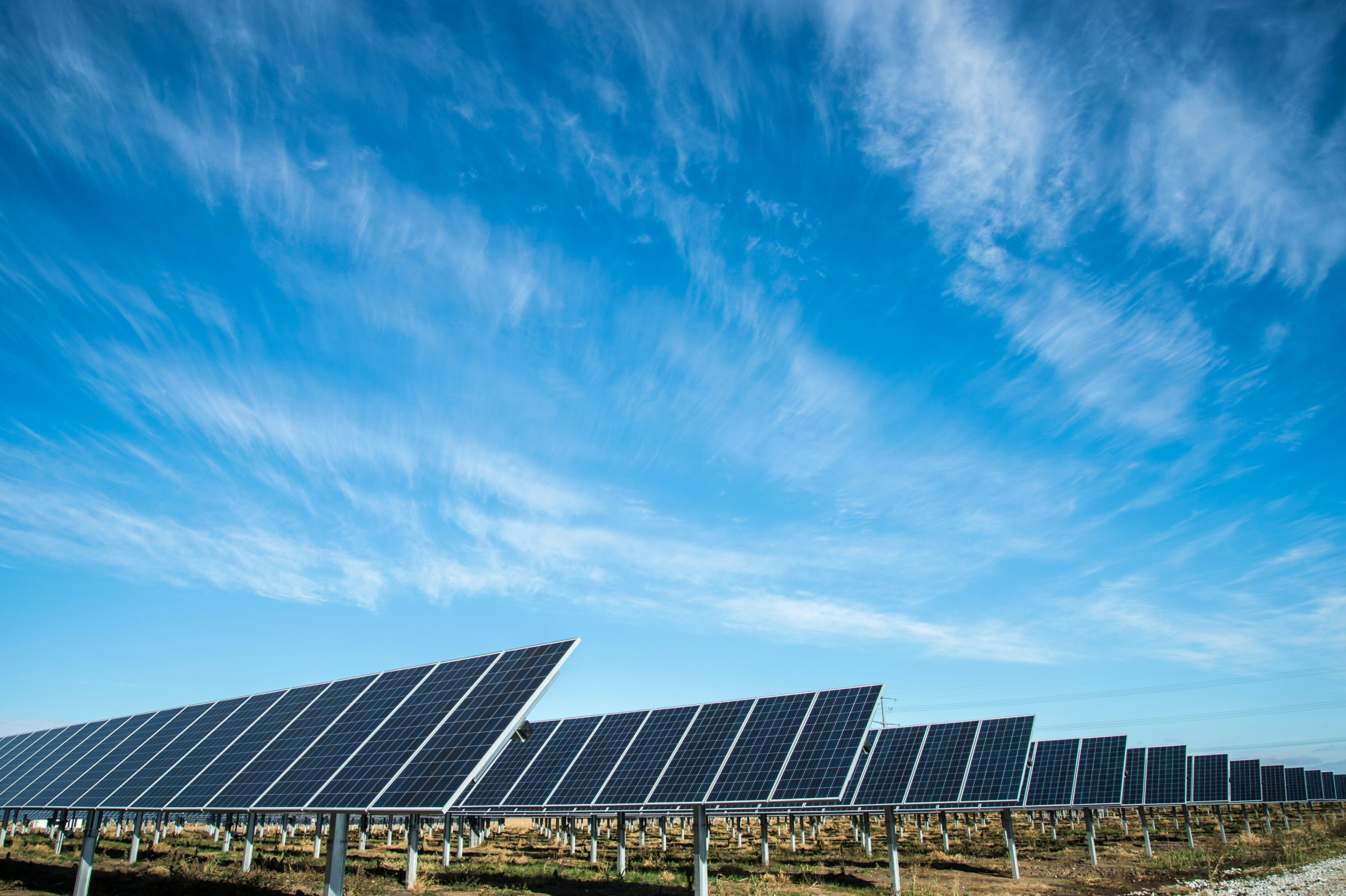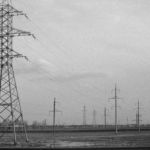Australia has one of the highest uptakes of solar energy in the world, with over 3 million solar rooftop installations across the nation and an increasing focus on large-scale solar farms. As solar power plays a growing role in meeting Australia’s energy demands, it’s critical to understand the challenges of integrating it into the electrical grid, as well as the potential solutions that enable smoother integration and improved grid stability.
This article explores the key challenges faced in integrating solar power into Australia’s grid systems and the innovative solutions helping to pave the way towards a more sustainable energy future.
1. Intermittency and Grid Stability
Solar power generation is inherently variable; it depends on weather conditions and time of day, making it unpredictable. This intermittency poses a challenge for grid operators who need to maintain a consistent supply to meet demand. Variability in solar output can cause voltage and frequency fluctuations, potentially destabilising the grid.
Solution: Energy Storage Systems
One of the most effective solutions to the intermittency challenge is energy storage. Battery storage systems, both on-site and grid-scale, allow excess solar energy generated during peak sunlight hours to be stored and used when solar output drops, such as during the night or cloudy periods. This technology is already being implemented in Australia, with projects like the Synergy Kwinana Battery Energy Storage System project in Western Australia and other large-scale battery systems helping to stabilise the grid and provide backup power during demand peaks.
2. Grid Congestion
As the demand for solar power grows, grid congestion is becoming a more pressing issue. Grid congestion occurs when too much power flows through the system, particularly in areas with high solar uptake, leading to bottlenecks that limit the amount of energy that can be transferred across the network. This issue is common in remote and regional areas, where the grid infrastructure may not be capable of handling high volumes of energy.
Solution: Network Upgrades and Distributed Energy Resources (DER) Coordination
To alleviate grid congestion, network upgrades and advanced grid management strategies are needed. Upgrading transmission lines and substations can expand capacity, but these improvements are costly and time-consuming. An alternative approach is to use Distributed Energy Resources (DER) coordination. DERs, which include small-scale solar systems, home batteries, and demand response systems, can be managed collectively to prevent grid congestion. By coordinating DERs, grid operators can control energy flow, reroute electricity as needed, and avoid congestion issues.
3. Voltage Control and Power Quality
Voltage instability is another challenge when integrating solar into the grid, especially in low-demand periods when solar generation is high. Uncontrolled power from numerous small-scale solar installations can lead to “voltage rise,” where voltage exceeds optimal levels and risks damaging equipment. Power quality issues, such as harmonics and flickers, may also occur due to fluctuating solar generation.
Solution: Advanced Inverters and Voltage Regulation
Advanced inverters, or “smart” inverters, play a vital role in stabilising voltage and maintaining power quality. Unlike traditional inverters, smart inverters can communicate with the grid and respond to voltage fluctuations by adjusting their output accordingly. Voltage regulation devices, such as voltage optimisers and regulators, are also being used to balance voltage levels across the grid. These solutions help ensure that solar power integrates smoothly without compromising grid stability or power quality.
4. Frequency Control and Ancillary Services
Frequency stability is essential for grid reliability, but solar PV does not inherently provide frequency control services in the way that conventional generators (like coal or gas) do. With more solar replacing these conventional sources, there’s a risk of frequency fluctuations that can impact grid stability. Frequency control requires precise management, typically provided by fossil fuel generators, to maintain the standard frequency of 50Hz in Australia.
Solution: Synthetic Inertia and Battery-Based Frequency Control
To address this challenge, technologies such as synthetic inertia and battery-based frequency control are being implemented. Synthetic inertia allows solar systems to mimic the inertia provided by conventional generators, helping to stabilise frequency. Battery systems, on the other hand, can respond rapidly to changes in frequency, providing ancillary services that help balance supply and demand in real-time. These solutions are proving effective in maintaining frequency stability in solar-integrated grids.
5. Grid Infrastructure and Modernisation
Australia’s grid infrastructure was built primarily with traditional energy sources in mind. Integrating renewable energy at a large scale often requires modernisation of outdated grid infrastructure. Transmission lines, substations, and other grid components may require upgrades to handle the increased load from renewable sources and ensure efficient energy distribution.
Solution: Grid Modernisation and Smart Grid Technology
Modernising grid infrastructure is essential for supporting a high renewable energy mix. Smart grids, which use advanced communication and automation technologies, enable real-time monitoring and control of energy flows across the grid. These systems provide greater flexibility and allow grid operators to manage the increased complexity that comes with high levels of solar integration. For example, by using sensors, smart meters, and automation, a smart grid can predict demand fluctuations and optimise energy distribution based on real-time data.
6. Managing Peak Demand and Solar Curtailment
In areas with high solar penetration, there is often an oversupply of solar power during the day, followed by a surge in demand when solar generation drops in the evening (the “duck curve” effect). This can lead to situations where excess solar energy is curtailed, or wasted, because it cannot be used or stored, affecting both energy efficiency and economic viability.
Solution: Demand Response and Flexible Load Management
Demand response programs offer an effective way to manage peak demand and reduce solar curtailment. By incentivising industrial and residential consumers to reduce or shift their energy usage during peak times, demand response helps balance supply and demand. For instance, consumers might reduce power use during high-demand periods or shift certain energy-intensive tasks to midday when solar production is highest. Flexible load management allows utilities to harness excess solar power effectively and reduce the need for curtailment.
7. Cybersecurity and System Resilience
As Australia’s grid becomes more interconnected and reliant on digital technologies, cybersecurity becomes a critical concern. Smart grids and interconnected systems can be vulnerable to cyberattacks that could disrupt energy flow, compromise grid stability, and even endanger public safety.
Solution: Enhanced Cybersecurity Protocols and Resilience Planning
Implementing robust cybersecurity measures is essential to protect grid infrastructure. These include using encryption, securing remote access points, and regularly updating software to address vulnerabilities. Resilience planning, such as establishing redundant systems and emergency response protocols, ensures that the grid can recover quickly from disruptions. This dual approach helps protect the grid from cyber threats and ensures reliability even in adverse scenarios.
Integrating solar power into Australia’s electrical grid presents a set of complex challenges that require innovative solutions. From managing intermittency and frequency stability to modernising infrastructure and enhancing cybersecurity, the journey towards a solar-powered grid is multifaceted. Yet, with the right technology, strategic planning, and investment in modern infrastructure, these challenges can be effectively managed.
Australia is well-positioned to lead in renewable energy integration, with abundant solar resources and a growing commitment to sustainability. As technology advances and new solutions continue to emerge, integrating solar into the grid can be a key driver for a cleaner, more resilient, and energy-secure future for the country. Embracing these solutions will enable Australia to harness the full potential of solar energy while maintaining the reliability and stability of its electrical grid.
Reading Time: 4 minutes






